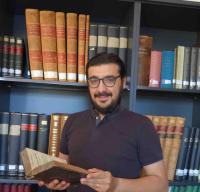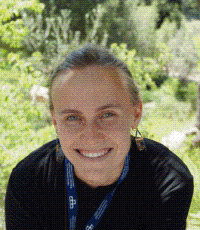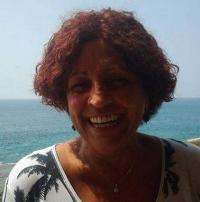The research visit Diliana Atanassova and myself made to the BnF last week proved fruitful both in terms of autopsying original manuscripts and in terms of using different settings to decipher heavily damaged portions of texts. Diliana examined Sahidic liturgical fragments (ca. 10-11th c.) and Sahidic Old Testament leaves (from the 7th, 7th–8th and 11th c.). For my part, I examined Sahidic liturgical fragments and leaves (from the 10th to the 14th c.), an Arabic Holy Week lectionary (1312 AD) and the Latin Codex Colbertinus (12th c.).
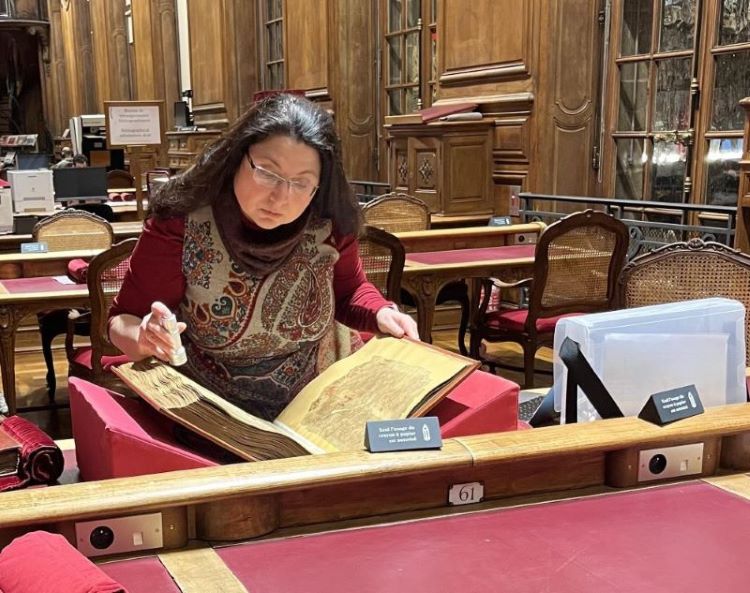
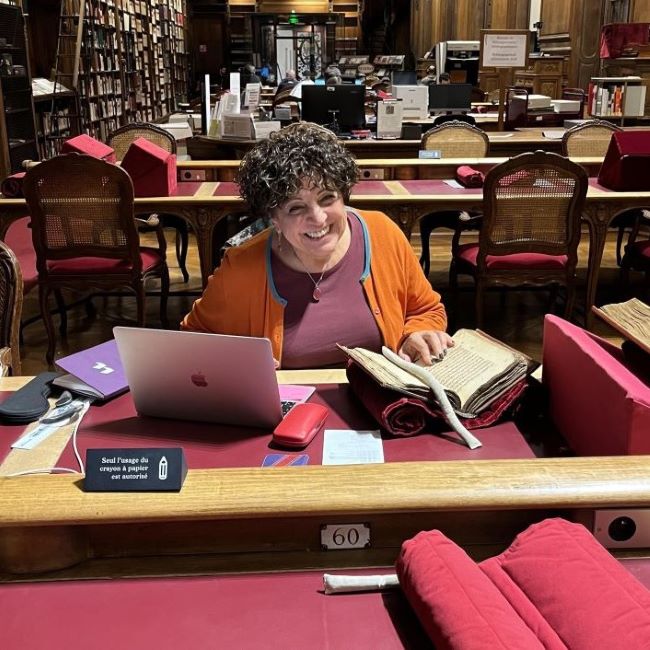
In this brief blog post, I shall restrict my account to our experience with the UV light.
In recent times, the use of colour photography with enhanced resolution has often rendered the autopsy of the original material superfluous. However, this was not the case with the BnF images of the leaves and fragments under consideration, where parts of the texts were illegible. Our experience at the BnF last week showed that there are at least four different methods that can be employed in such cases.
The first is to work with the source material in the BnF's large dedicated reading room, which is lit by natural and artificial light. This can prove effective in enabling the deciphering of letters that have not undergone significant deterioration.
The second method is to examine the original in the above-mentioned reading room, while using UV light. One hand is used to cast a shadow on the text, while the other hand points the UV light at the text. This method proved effective in rendering some of the more challenging letters legible; however, there were places in which the ink was washed out and nothing could be seen while we were in the reading room.
 It was evident that the only viable solution was to utilise a darkroom. We were very fortunate that Dr Vanessa Desclaux, the Curator of the manuscripts of Ancient Egypt and the Christian Near East, had reserved the Salon Rothschild for us and freed up time in her schedule to allow us to use this dimmable environment in her presence. There, we used the third method, which involved focusing on the illegible letters under UV light in total darkness. This proved an effective approach in many instances and enabled us to recognise the traces of the letters.
It was evident that the only viable solution was to utilise a darkroom. We were very fortunate that Dr Vanessa Desclaux, the Curator of the manuscripts of Ancient Egypt and the Christian Near East, had reserved the Salon Rothschild for us and freed up time in her schedule to allow us to use this dimmable environment in her presence. There, we used the third method, which involved focusing on the illegible letters under UV light in total darkness. This proved an effective approach in many instances and enabled us to recognise the traces of the letters.
The fourth method was discovered by chance. A column of text had been so severely washed out that the ultraviolet light in the darkroom, shining on the missing text from above, had no effect. However, in an attempt to resolve this issue, Diliana discovered that the invisible text could be made visible by holding the ultraviolet light at a certain angle behind the page.
Our stay was evidently too short and we will definitely need to visit the BnF again. To conclude, we would like to express our sincere thanks to Dr Desclaux and to the competent and helpful staff of the Department of Manuscripts of the BnF.*
* The photos are published with the kind permission of the BnF.
 Blogs
Blogs  Blogueurs récents
Blogueurs récents 

